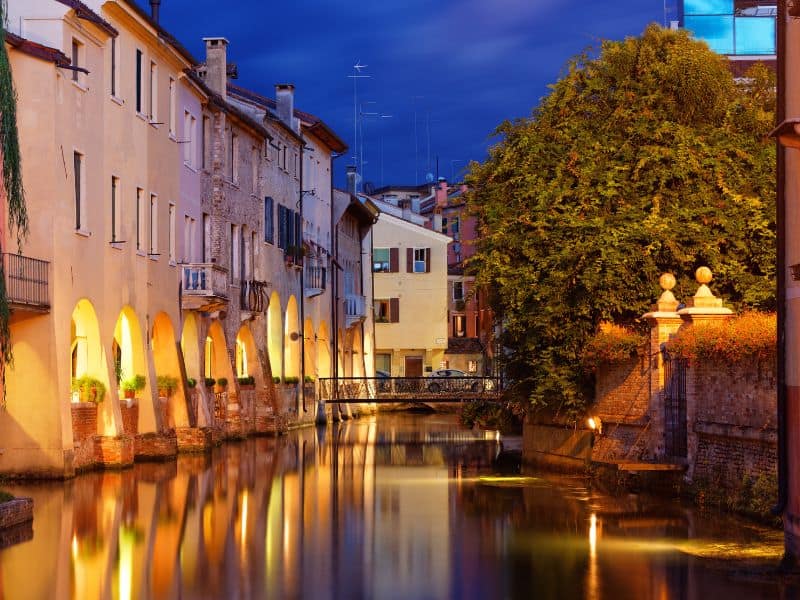Exploring the Charms of Northern Italy
Venice, with its enchanting canals and historic allure, serves as a gateway to a treasure trove of cultural and architectural wonders in northern Italy, and without question Venice offers so much to see and do for visitors.
Beyond the floating city, a network of efficient train connections allows travelers to embark on captivating day trips to neighboring destinations.
From the romantic streets of Verona to the glassmaking traditions of Murano, each city offers a unique experience waiting to be discovered. Here are a few of unforgettable day trips from Venice by train.
8 Great Day Trips from Venice by Train
Verona: A Romantic Renaissance
Verona, the city of love, boasts a rich history and romantic ambiance that captivates visitors. Most famous as the setting for Shakespeare’s timeless tragedy, Romeo and Juliet, Verona exudes an enchanting allure. The iconic Juliet’s House, complete with the famous balcony, is a must-visit for those seeking a touch of literary romance. The city’s crown jewel, the Arena di Verona, is a remarkably well-preserved Roman amphitheater that hosts operas and concerts during the summer months.

Wandering through Verona’s historic center, a UNESCO World Heritage site, unveils a tapestry of medieval architecture, charming squares, and elegant bridges over the Adige River. Piazza delle Erbe, the vibrant central square, is surrounded by colorful buildings and hosts a lively market. The Basilica di San Zeno Maggiore, a Romanesque gem, showcases stunning architecture and artwork.
Verona’s charm extends beyond its historical sites, as it offers excellent opportunities for culinary indulgence. The city’s trattorias and osterias serve exquisite local cuisine, including the renowned Amarone wine. Verona’s unique blend of history, culture, and romantic allure makes it a captivating day trip from Venice.
Padua (Padova): Art, History, and Botanical Beauty
Padua, with its rich cultural and religious heritage, is a treasure trove for history enthusiasts. The Scrovegni Chapel, adorned with breathtaking frescoes by Giotto, is a masterpiece of Italian art. The Basilica of Saint Anthony, a revered pilgrimage site, showcases a mix of architectural styles and houses the tomb of Saint Anthony of Padua.
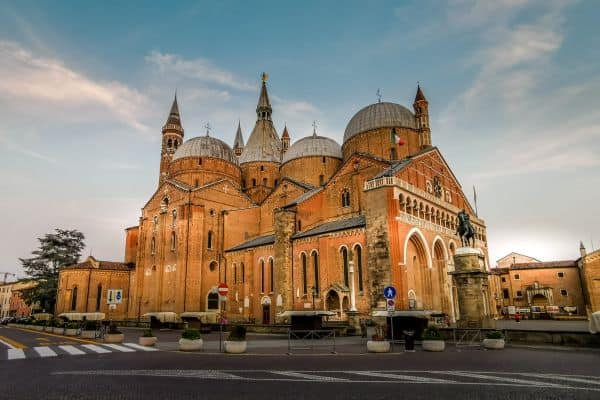
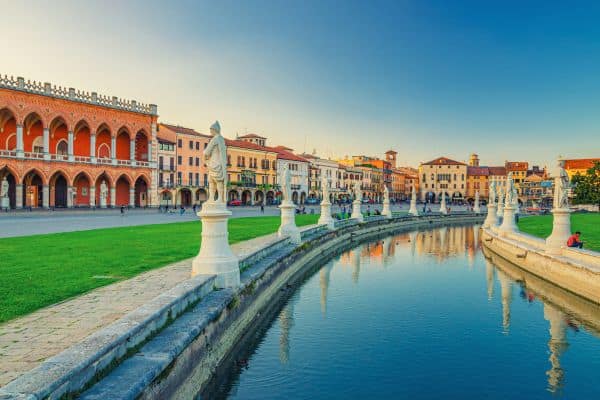
The Prato della Valle, one of Europe’s largest city squares, is surrounded by a canal and features a garden with statues of prominent Paduan citizens. Exploring the university town’s lively streets, such as Via Roma and Via Altinate, provides a glimpse into the local life and a chance to sample Padua’s renowned coffee culture.
Padua’s historical significance extends to its botanical garden, the Orto Botanico di Padova, established in 1545 and recognized as the world’s first botanical garden. The serene setting invites visitors to stroll through a diverse collection of plants and medicinal herbs.
Treviso: Venetian Elegance off the Beaten Path
Often overshadowed by its famous neighbor, Venice, Treviso exudes its own charm and authenticity. The town is traversed by canals, and its historic center is a maze of narrow streets and medieval buildings. The fish market on the Isola della Pescheria is a bustling hub of activity, offering a glimpse into the local daily life.
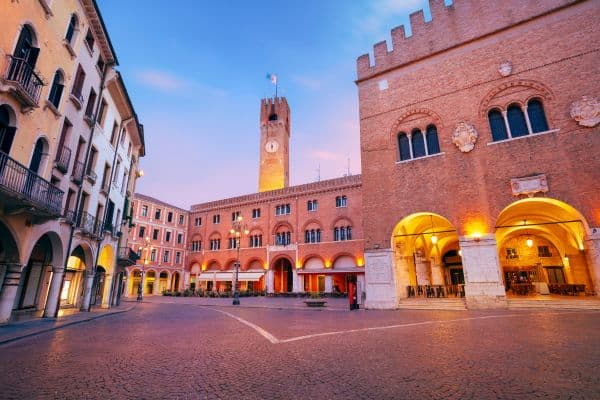
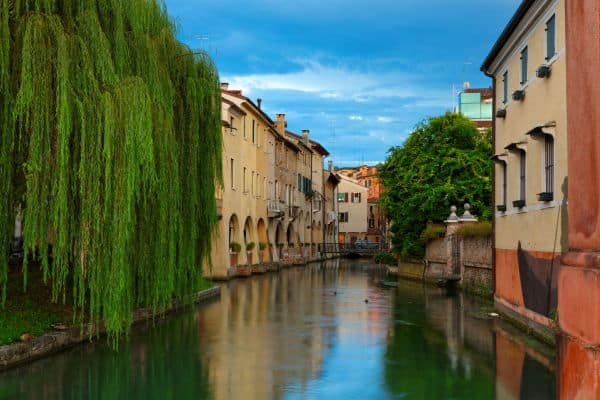
The Piazza dei Signori, surrounded by elegant palaces and the imposing Palazzo dei Trecento, is a focal point for visitors. Treviso’s Cathedral, with its Romanesque and Gothic elements, and the Church of San Nicolo, known for its frescoes, are among the city’s architectural highlights.
Treviso is renowned for its cuisine, featuring local specialties like radicchio and tiramisu. The town’s osterias and trattorias provide an authentic taste of Venetian culinary delights. A leisurely stroll along the Buranelli Canal or the city walls reveals Treviso’s hidden gems, making it a delightful day trip.
Bologna: The Culinary Capital
Bologna, the capital of the Emilia-Romagna region, is a gastronomic haven with a rich cultural heritage. The city’s medieval towers, including the iconic Two Towers (Due Torri), define its skyline. The historic center, with its red-brick buildings and porticoed streets, exudes a warm and welcoming atmosphere.
Piazza Maggiore, the central square, is surrounded by architectural masterpieces such as the Basilica di San Petronio, one of the largest churches in the world. The nearby Neptune Fountain and Palazzo d’Accursio add to the square’s grandeur. Bologna’s university, one of the oldest in Europe, contributes to the city’s vibrant and youthful energy.
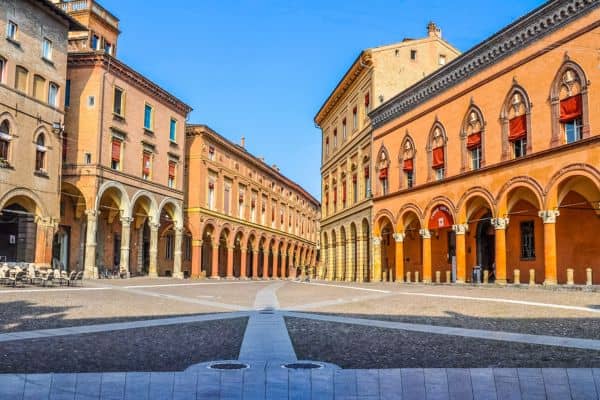
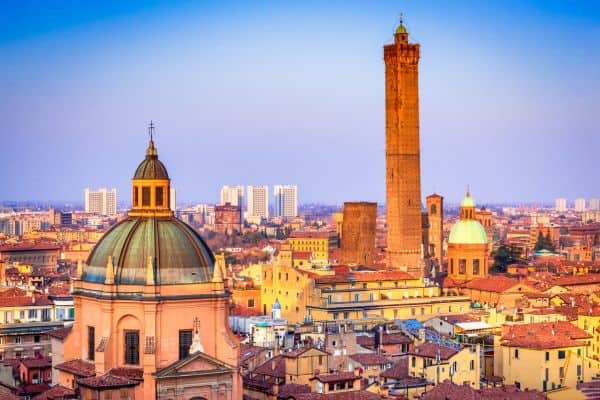
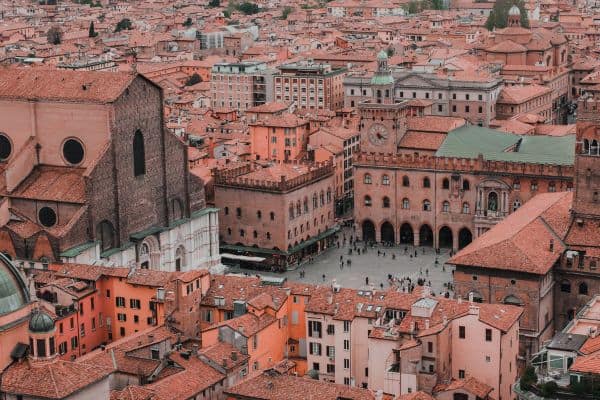
Bologna is a paradise for food lovers, offering a delectable array of pasta dishes, cured meats, and Parmesan cheese. The Quadrilatero district, with its narrow streets and traditional markets, is a culinary delight where visitors can savor local specialties.
Ravenna: Mosaics and Medieval Majesty
Ravenna, a small city with an outsized cultural impact, is renowned for its stunning Byzantine mosaics. The Basilica di San Vitale, a UNESCO World Heritage site, showcases intricate mosaics depicting biblical scenes and imperial splendor. The Mausoleum of Galla Placidia, an early Christian masterpiece, captivates with its celestial blue mosaics.
Ravenna served as the capital of the Western Roman Empire and later the Byzantine Empire in Italy. The city’s historic significance is evident in its well-preserved monuments, including the Arian Baptistry and the Archdiocese Museum.
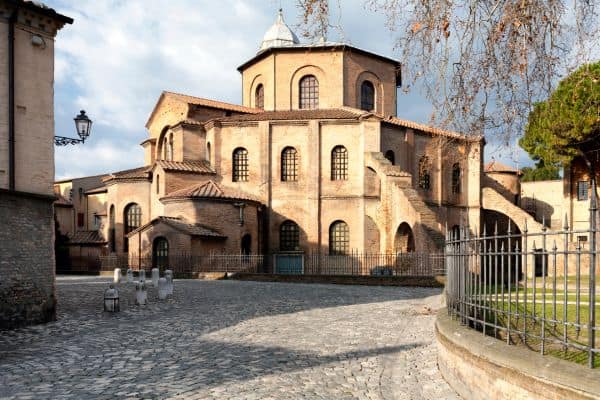
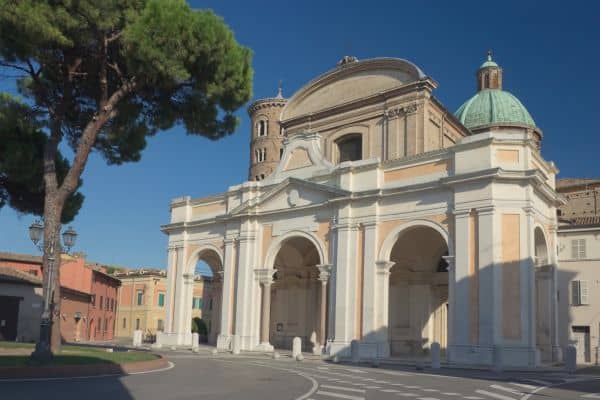
Beyond its artistic treasures, Ravenna’s historic center is a charming maze of cobblestone streets, elegant squares, and lively cafes. The Dante Alighieri’s Tomb, dedicated to the famous poet, adds a literary touch to the city’s allure.
Vicenza: Palladian Elegance
Vicenza, a UNESCO World Heritage site, is synonymous with the architectural legacy of Andrea Palladio. The city showcases a remarkable collection of Palladian villas, including the Villa Rotonda and the Villa Almerico Capra, also known as La Rotonda. These masterpieces reflect the Renaissance architect’s influence on Western architecture.
The Teatro Olimpico, Palladio’s final work, is the oldest surviving enclosed theater in the world. Its stunning trompe-l’oeil stage sets a theatrical masterpiece against the backdrop of Vicenza’s historic center.
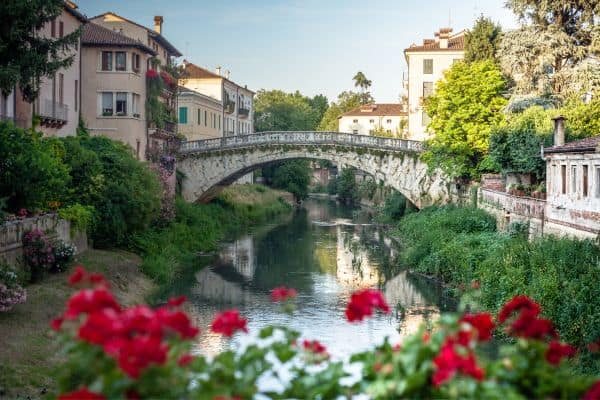
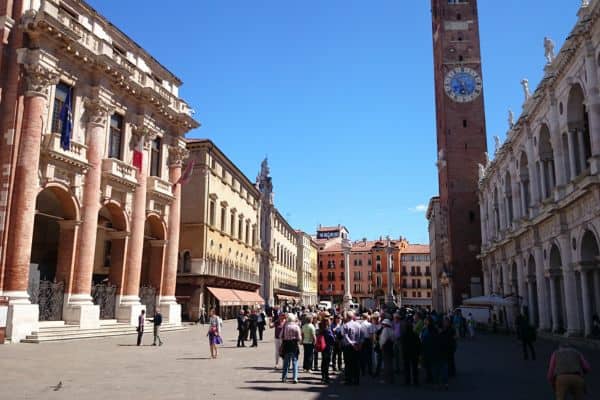
Piazza dei Signori, the city’s central square, is surrounded by elegant palaces, including the Basilica Palladiana. The Loggia del Capitanio and the Torre Bissara add to the square’s architectural splendor. Vicenza’s charm lies in its harmonious blend of Palladian architecture, cultural heritage, and a relaxed pace of life.
Ferrara: A Medieval Marvel
Ferrara, a city encircled by medieval walls, is a well-preserved gem that transports visitors back in time. The Estense Castle, a medieval fortress with a moat, stands as a symbol of Ferrara’s historical significance. The castle’s interiors reveal opulent rooms adorned with frescoes and period furniture.
The Cathedral of Saint George, a splendid example of Romanesque architecture, houses notable artworks, including a triptych by Cosmè Tura. Ferrara’s Jewish Ghetto, one of the oldest in Italy, is a testament to the city’s cultural diversity and history.
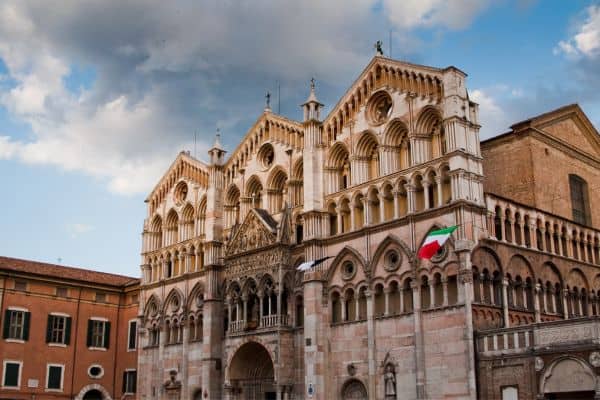
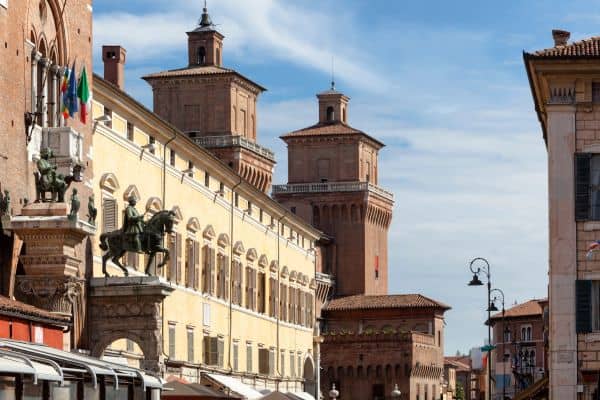
Ferrara’s historic center, a UNESCO World Heritage site, features cobblestone streets, Renaissance palaces, and the Palazzo dei Diamanti, known for its diamond-shaped facade. The city’s tranquil atmosphere, enhanced by its extensive network of cycling paths, invites exploration.
Chioggia: A Maritime Retreat
Often referred to as “Little Venice,” Chioggia offers a quieter alternative to its more famous neighbor. Situated on a small island at the southern entrance to the Venetian Lagoon, Chioggia is characterized by its canals, bridges, and seafood-focused culture.
The town’s main canal, Vena, is lined with colorful houses and lively markets. The fish market, in particular, showcases Chioggia’s maritime heritage and provides a glimpse into the local fishing industry. Visitors can explore the narrow streets, visit the historic cathedral, and enjoy the laid-back atmosphere of this charming fishing town.
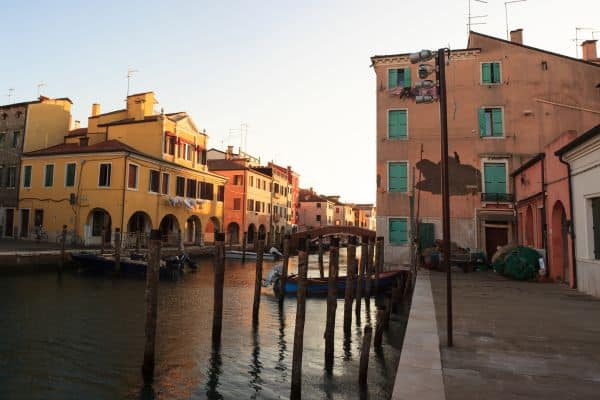
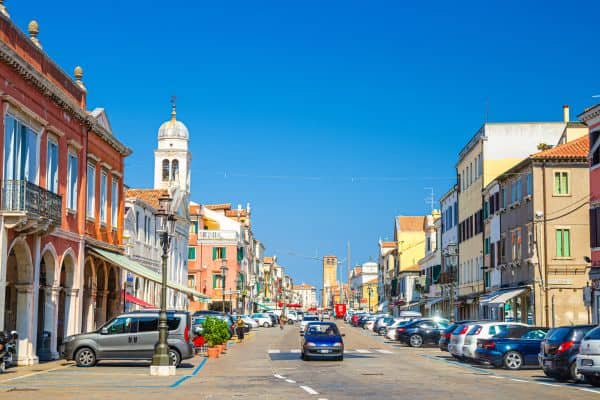
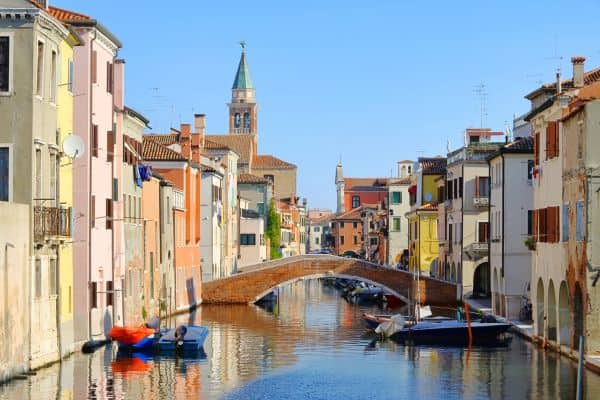
Chioggia’s authenticity and the absence of large crowds make it a perfect retreat for those seeking a more intimate experience within the Venetian lagoon. The town’s unique blend of maritime tradition, architectural charm, and local cuisine contribute to its appeal as a day trip destination from Venice.
Taking Day Trips from Venice by Train
In conclusion, the train connections from Venice open up a myriad of day-trip possibilities, allowing travelers to explore the rich cultural tapestry of northern Italy. Whether captivated by the romantic allure of Verona, the gastronomic delights of Bologna, or the artisanal charm of Murano and Burano, each destination promises a unique and memorable experience within a day’s reach from Venice.
Cost Effective Hotel Options Near Venezia Mestre Station
There are some real advantages to staying in a hotel near Venezia Mestre, whether you are taking day trips or traveling to or from Venice by train, or just planning to spend a few days exploring Venice proper. Here are some solid 4-star hotel options located near Venezia Mestre rail station that are part of major hotel brands.
Recent Posts
Here are seven great hotels in Helsinki for train travelers. All seven hotels are located near the train station in Helsinki, making them all convenient travel options that will be hard to beat...
Train Trips from Venice: Exploring Italy by Rail Italy is a country of breathtaking landscapes, rich history, and vibrant culture, and there's no better way to explore its treasures than by train....
